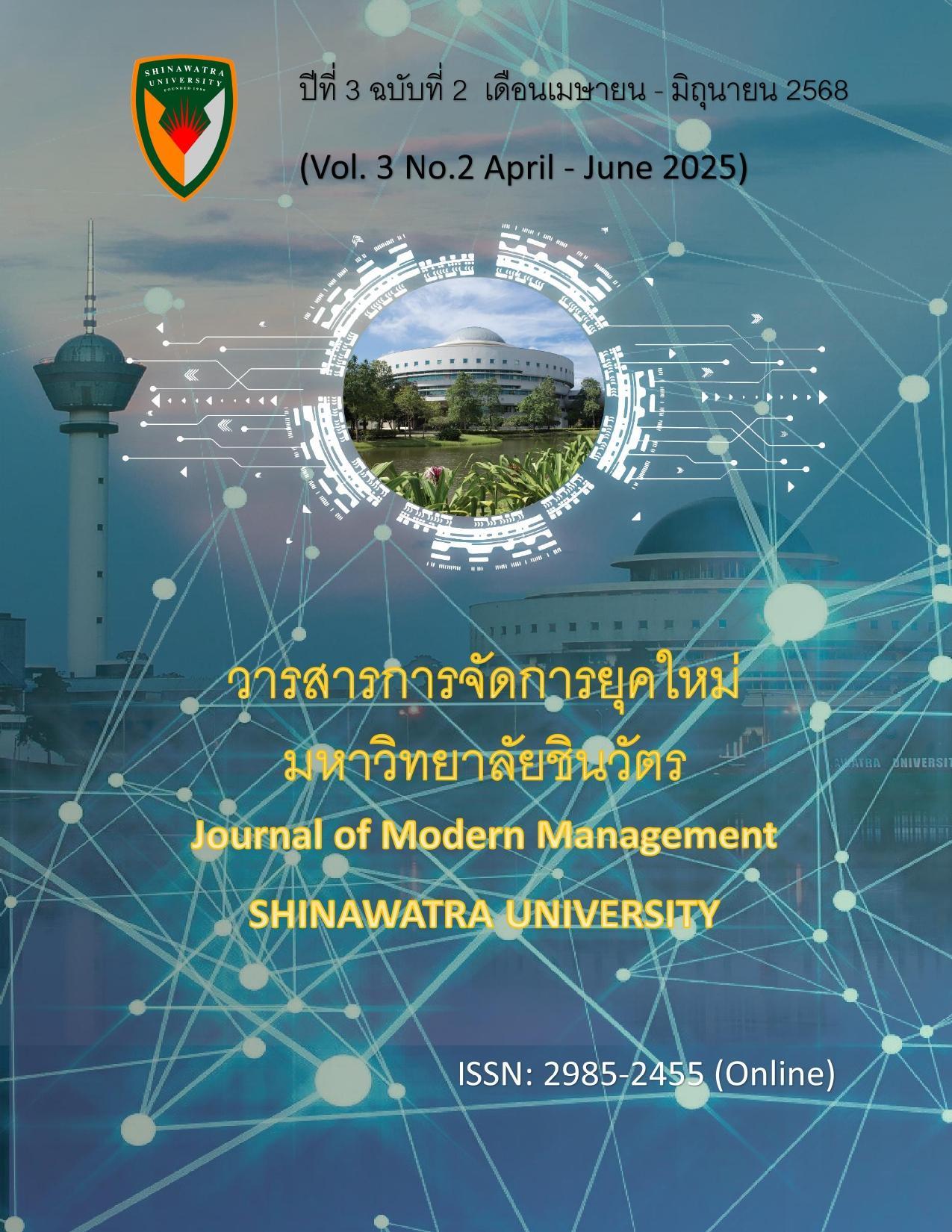Examining the Relationship Between the Ottoman Empire and the Ming Dynasty Through the Ancient Record "Ming Shilu"
Keywords:
Ming Shilu, Ottoman Empire, Ming DynastyAbstract
This article studies the historical relationship between the Ottoman Empire and the Ming Dynasty through the analysis of ancient documents, particularly Ming Shilu, with a focus on exploring the Ming Dynasty's perception of the Ottoman Empire as the representative of the Islamic world. The study finds that Ming Shilu recorded information about the Ottoman Empire from the 14th to the 16th centuries, using five different names for the empire: Lùmí, Róng, Róngdì, Róngdìmian, and Rou-mi. It also recorded the names of two Ottoman sultans: Sultan Murad II and Sultan Suleiman I. The study further identifies ambiguities in the use of terminology, reflecting the differing perceptions and views of the Ming court toward the Ottoman Empire. Additionally, Islamic sources and ancient maps, such as the Menggu Shanshui Dìtú and the Xiyù Tudì Rénwùtú, are used to clarify the ambiguities and discrepancies in the recorded data. The findings enhance the understanding of the relationship between China and the Ottoman Empire in terms of diplomacy, trade, and cultural exchange, while also emphasizing the important role of Chinese government documents in recording the relationships between states and global powers in the ancient world.
References
Akgündüz, A., & Öztürk, S. (2008). Al-dawlah al-'Uthmānīyah al-majhūlah [The unknown Ottoman state]. OSAV.
Aydin, M. A. (1999). Al-dawlah al-'Uthmānīyah: Tārīkh wa-ḥaḍārah [The Ottoman state: History and civilization]. IRCICA.
Berthier, L. (1995). Khitāb al-Sulṭān Sulaymān al-Qānūnī ilá al-Malik Frānswā al-Awwal [Letter from Sultan Suleiman the Magnificent to King Francis I]. Al-tārīkh al-ijtimā'ī (Toplumsal Tarih), 17(5), 43-45.
Cao, W. (Ed.). (1995). Zhongguo gudai ditu ji: Ming dai [An atlas of ancient maps in China: The Ming Dynasty]. Wenwu.
Chen, Q. (2015). Mosques of the maritime Muslim community of China [Doctoral dissertation, SOAS University of London].
Dina, S., Amani, M., & Saad, M. (2022). Dirāsah ātharīyah wa-fannīyah li-ṭughrāwāt 'alá al-nasīj al-'Uthmānī wa-usrat Muḥammad 'Alī fī ḍaw' majmū'ah lam yusbaq nashruhā maḥfūẓah fī matḥaf al-Amīr Muḥammad 'Alī Tawfīq bi-al-Manīl [Archaeological and artistic study of Ottoman textile tughras and Muhammad Ali's family]. Majallah Kulliyat Āthār, 11(25), 314-317.
Harb, M. (2012). Al-'Uthmānīyūn fī al-tārīkh wa-al-ḥaḍārah [The Ottomans in history and civilization]. Dār al-Qalam.
Hu, F. (2008). Der Islam in Shaanxi: Geschichte und Gegenwart [Islam in Shaanxi: History and present] [Doctoral dissertation, University of Bonn]. https://nbn-resolving.org/urn:nbn:de:hbz:5-16136
İnalcık, H. (1973). The Ottoman Empire: The classical age 1300-1600. Phoenix Press.
Liu, W. (1998). Da Ming lü [Great Ming code]. Law Press.
Liu, X., Mattariganond, D., & Narasaj, B. (2019). Migration of Yunnan people into Myanmar from ancient times to the 19th century. Journal of Mekong Societies, 15(1), 18-39.
Liu, Y. (2015). Cities and routes of Ferghana in the "Xiyu tudi renwu lüe" and the "Xiyu tudi renwu tu". Journal of Asian History, 49(1-2), 229-251.
Ming Shilu [Veritable records of the Ming Dynasty]. (1962). Institute of History and Philology.
Muslim. (1955). Ṣaḥīḥ Muslim. Matba'at 'Īsá al-Bābī al-Ḥalabī. Shuge Digital Library. (n.d.). Mongolian landscape map [eBook]. https://old.shuge.org/ebook/menggu-shan-shui-di-tu/
Taqoush, M. S. (1995). Al-'Uthmānīyūn min qiyām al-dawlah ilá al-inqilāb 'alá al-khilāfah [The Ottomans from the establishment of the state to the coup against the caliphate]. Dār al-Nafā'is.
The Metropolitan Museum of Art. (n.d.). Map of the Silk Road. https://www.metmuseum.org/art/collection/search/449533
Wang, W. (2022). The evolution of Chinese Muslim's classical learning and schools in the Ming and Qing dynasties. Religions, 13(6), 553. https://doi.org/10.3390/rel13060553
Yihao, Q. (2021). Mirroring Timurid Central Asia in maps: Some remarks on knowledge of Central Asia in Ming geographical documents. Acta Orientalia Academiae Scientiarum Hungaricae, 74(1), 79-107. https://doi.org/10.1556/062.2021.00004
Downloads
Published
Issue
Section
License
Copyright (c) 2025 Journal of Modern Management SHINAWATRA UNIVERSITY

This work is licensed under a Creative Commons Attribution-NonCommercial-NoDerivatives 4.0 International License.





